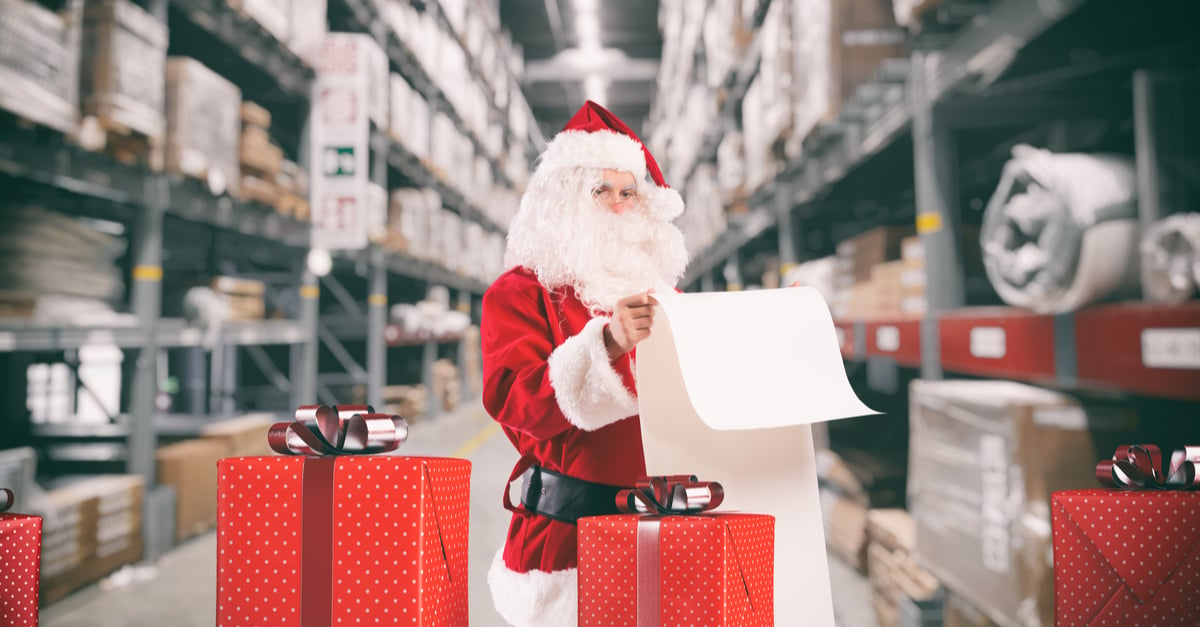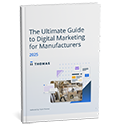Challenges And Opportunities In The Food & Beverage Industry
Team Thomas September 6, 2022
The Food and Beverage Services Global Market Report expects the global market to grow from $3.2 trillion in 2021 to $3.7 trillion in 2022. It's a promising outlook, given that just a few years ago, Fortune reported an $18 billion loss for the top 25 U.S. food and beverage companies.
As the newer generations move away from processed foods in favor of seeking healthier alternatives with cleaner labels, companies are adapting and pressing forward — that trend continues to grow at an excessive pace, signaling that some demands are more of a long-term standard.
But many major food and beverage (F&B) companies have shown that they are not as nimble as smaller companies when it comes to adapting to consumer preferences and there are still challenges the food and beverage industry faces.
Consumer Demands of Millennials & Gen Z
Consumers are driving the next best thing for food and beverage companies.
They are turning more to snack items versus traditional food, purchasing food with a diversity of flavors, and seeking out food that shows where it was derived from. Product traceability and company transparency are important to millennials.
In line with the changes in the private labeling industry, the food and beverage industry is working to put more sustainable packaging and unique products on the shelves and available online to meet the challenges of growing consumer demand.
Manufacturers have responded by highlighting the origin of their products and producing products with “clean labels” — essentially, a product that lists out as few ingredients as possible and making sure those ingredients are recognizable and wholesome. But other manufacturers are not so quick to produce innovative products, flavors, or packaging.
Company Acquisitions To Supercharge The Industry
As a result of changing consumer demands, larger companies have been acquiring smaller companies to tap into their resources that appeal more to the market. Big companies seek smaller companies for many factors like innovation, sustainability, corporate social responsibility, and sometimes for simple healthy ingredients.
Food and beverage companies that have been in the industry for dozens of years may already have a longstanding legacy of their ingredients perceived as unhealthy. An acquisition or partnership can help alleviate those branding perceptions.
Another Angle: How Big Companies Choose New Suppliers
Food and beverage companies are hoping to strike a balance between their traditional efforts and their small counterparts' innovative methods. Small newer companies can show big companies how to streamline their operations, foster employee diversity, make minor changes to improve sustainability, build an online community through social media networking, and strengthen their e-commerce platform — matters that are important to consumers these days.
Cannabis Industry On A Roll
Then there’s the cannabis market, which has extended beyond recreational use into the F&B industry in response to consumer demand. Although CBD has appeared in products ranging from beverages to candy to pet food, the legal status of some products remains unclear. For example, according to Forbes, CBD derived from hemp is legal at the federal level, but CBD derived from cannabis is not — even though chemically they are identical.
Because each state has its own regulations for the cannabis industry that continually changes, navigating the market can be a challenge. The cannabis industry will continue to take off and food and beverage companies need to continuously be aware of consumer behavior and trends to stay ahead of competitors. Even the wine industry has started to develop cannabis-infused wines.
To see who’s interested in products and services in your food or beverage services right now, get a free in-market buyer report.
The Effects Of COVID-19 To The Industry
One of the major challenges almost all businesses are facing has been from the effects of COVID-19. We’ve seen how some businesses flourished overnight, while others struggled to adapt. Managing supply chain disruption is not new to manufacturers and industrial companies. Still, the effects of the COVID-19 pandemic made it more paramount for processes and operations to change — and some matters that finally needed to be taken off the backburner.
In the past few months, countless pictures of empty grocery store shelves were shared verifying that grocery store supply chains were not prepared for the spike in demand. It’s important for manufacturers to understand the consumer’s mindset and apply innovations to minimize further disruption in the supply chain.
Today’s consumers are looking for more than just top quality products — they want quality consumer interactions, increased transparency, and reliable ecommerce platforms. Diving deeper, how accurate is your product availability online versus in your distribution centers? Have you communicated when there was a shift in your production focus that affected customers’ products? Are you only communicating with your customers through one channel or are you using a mix of platforms and content to reach them?
With ecommerce shoppers and buyers in mind, food and beverage manufacturers have an upward trajectory. People are looking to companies for signs of strength. Are you one of them? Each month, Thomas adds hundreds of new companies to our existing 500,000+ North American supplier listings — and they’re reaping the benefits with an increase in brand presence online that helps them to connect with more buyers. Complete your listing here.
For additional resources on helping your manufacturing company grow and navigate uncertainties, check out the links below:
- Learn how this manufacturer used online advertising and content marketing to get a 321% increase in quote value. Case Study: How Corrugated Metals Tapped Into A New Industry
- American History has shown that companies that thrived during the Great Depression continued to advertise and didn’t wait for public demand to increase for their products to rise. Read More: The Importance Of Marketing And Advertising For Manufacturers During Economic Downtimes
- Studies have shown that a Thomasnet.com verified profile gets at least double more RFQs than those that don’t. Begin with a free Company profile here to boost engagement with buyers, engineers, and procurement managers.
- Request a free Digital Health Check to find out exactly what you can improve online to get more buyers.
Did you find this useful?








